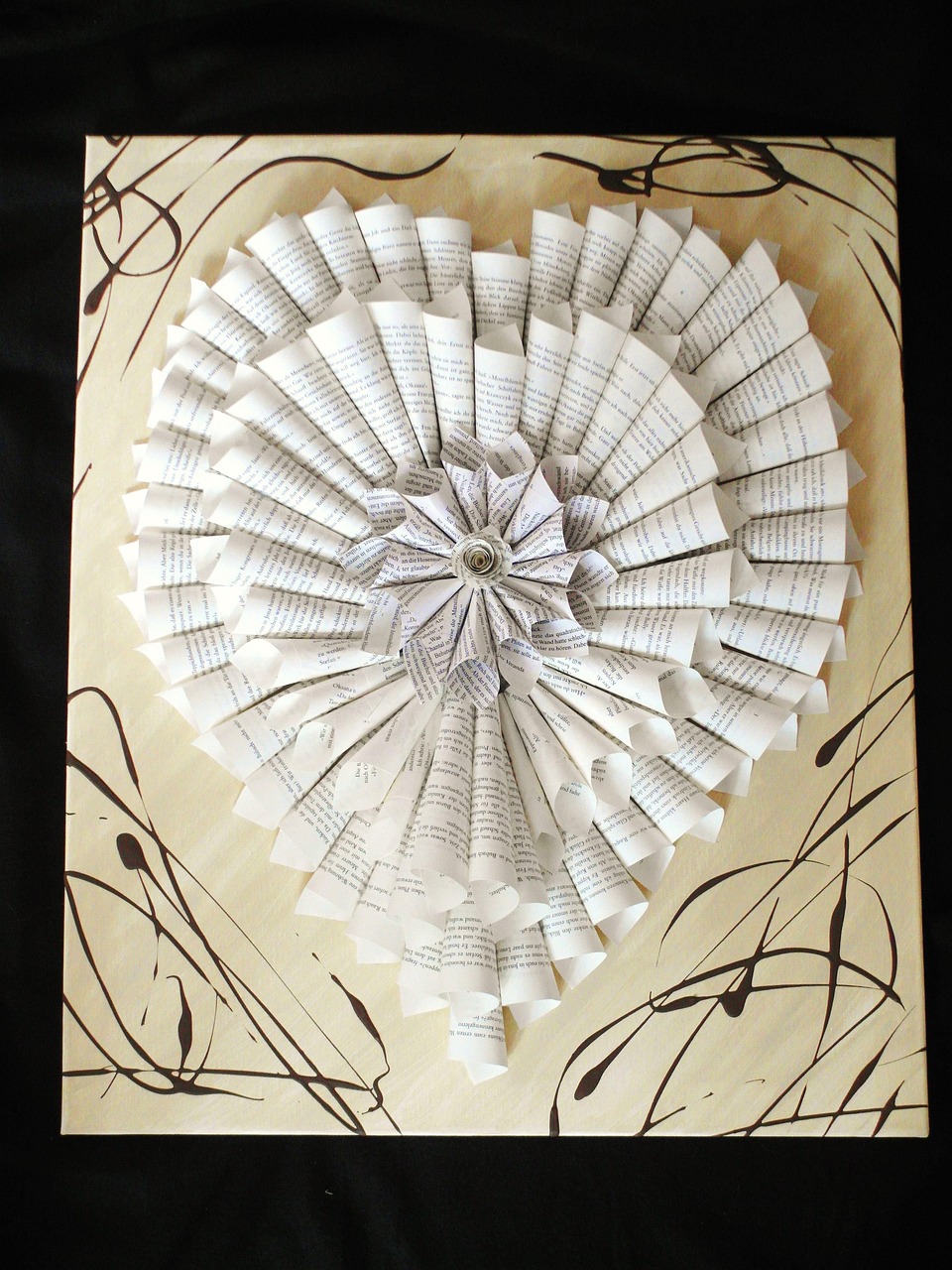Introduction
Chinese culture is a tapestry of rich and diverse traditions, with one of the most vibrant threads being the art of traditional Chinese opera. This ancient form of performing art has been a cornerstone of Chinese society for centuries, captivating audiences with its unique blend of music, dance, and storytelling. In this essay, we will explore the essence of traditional Chinese opera, its cultural significance, and how it continues to enchant and educate both within China and around the world.
The Origins and Evolution of Chinese Opera
The roots of Chinese opera can be traced back to the Tang Dynasty (618-907 AD), where storytelling and music were combined to entertain the royal court. Over time, these performances evolved into a more structured form of drama, incorporating elements of dance, acrobatics, and martial arts. By the Song Dynasty (960-1279 AD), opera had become a popular form of entertainment among the common people, with various regional styles emerging to reflect the diverse cultural landscapes of China.
Each region developed its own distinct style of opera, such as Beijing Opera (Peking Opera), Yue Opera from the south, and Henan's Henan Opera. These styles differ in dialect, musical tunes, and performance techniques, but they all share a common goal: to convey stories that resonate with the human experience, from tales of love and loss to epic battles and heroic deeds.
The Art of Performance
At the heart of traditional Chinese opera is a complex system of performance techniques that require years of rigorous training. Performers must master the four fundamental skills: singing (sang), reciting (nian), acting (zuo), and acrobatic fighting (da). These skills are not only physical but also emotional, as the actors must embody the characters they portray with authenticity and depth.
Singing in Chinese opera is a unique blend of speech and song, often using high-pitched, melodic tones that can be both haunting and beautiful. Reciting involves the delivery of lines in a rhythmic, poetic manner, which can be as important as the singing itself. Acting encompasses a wide range of gestures, facial expressions, and body movements that convey the emotions and intentions of the characters. Finally, acrobatic fighting is a stylized form of combat that is both athletic and artistic, often performed with props like swords, spears, and fans.
The Role of Costume and Makeup
Costume and makeup play a crucial role in traditional Chinese opera, as they help to define the characters and their roles within the story. Each character type, known as a "role type" (jingju), has a specific costume and makeup style that reflects their personality and social status.
For example, the "sheng" (male lead) often wears a long robe and has a clean, dignified appearance, while the "dan" (female lead) may have elaborate headdresses and makeup that accentuate their beauty and grace. The "jing" (painted face) role, typically played by male actors, uses bold, colorful makeup to represent powerful or aggressive characters, such as warriors or generals.
The makeup is not only aesthetic but also symbolic, with certain colors and patterns conveying specific traits or emotions. For instance, a red face might signify loyalty and bravery, while a white face could indicate cunning and deceit.
Cultural Significance and Modern Relevance
Traditional Chinese opera serves as a living repository of China's cultural heritage, preserving stories, legends, and historical events that might otherwise be lost to time. It also reflects the values and philosophies of Chinese society, such as the importance of filial piety, loyalty, and the balance of Yin and Yang.
In the modern era, Chinese opera faces challenges in maintaining its relevance and appeal, particularly among younger generations who may be more drawn to contemporary forms of entertainment. However, efforts are being made to adapt and innovate within the art form, such as incorporating modern themes, technology, and even cross-cultural collaborations.
For instance, some opera companies have experimented with digital projections and computer-generated imagery to enhance the visual spectacle of their performances. Others have created new operas that address contemporary issues, such as environmental concerns or social justice, making the art form more accessible and relatable to modern audiences.
International Appreciation and Exchange
As China's influence on the global stage grows, so too does the interest in its cultural treasures, including traditional Chinese opera. International festivals and cultural exchanges have provided opportunities for Chinese opera troupes to perform abroad, introducing the art form to new audiences and fostering a greater understanding of Chinese culture.
At the same time, Chinese opera has inspired adaptations and reinterpretations in other countries, demonstrating the universal appeal of its storytelling and performance techniques. This cross-cultural exchange enriches both the art of Chinese opera and the global performing arts landscape, promoting dialogue and mutual appreciation among diverse cultures.
Conclusion
Traditional Chinese opera is a testament to the enduring power of storytelling and the human desire to connect through shared experiences. As a cultural ambassador, it has the potential to bridge gaps between nations and generations, fostering a deeper appreciation for the richness of Chinese heritage and the universal themes that resonate within its performances.
In an era of rapid change and globalization, the preservation and evolution of traditional Chinese opera are more important than ever. By embracing innovation while honoring its roots, this ancient art form can continue to captivate audiences worldwide, ensuring that its legacy endures for future generations to enjoy and be inspired by.












 京公网安备11000000000001号
京公网安备11000000000001号 京ICP备18057566号-3
京ICP备18057566号-3